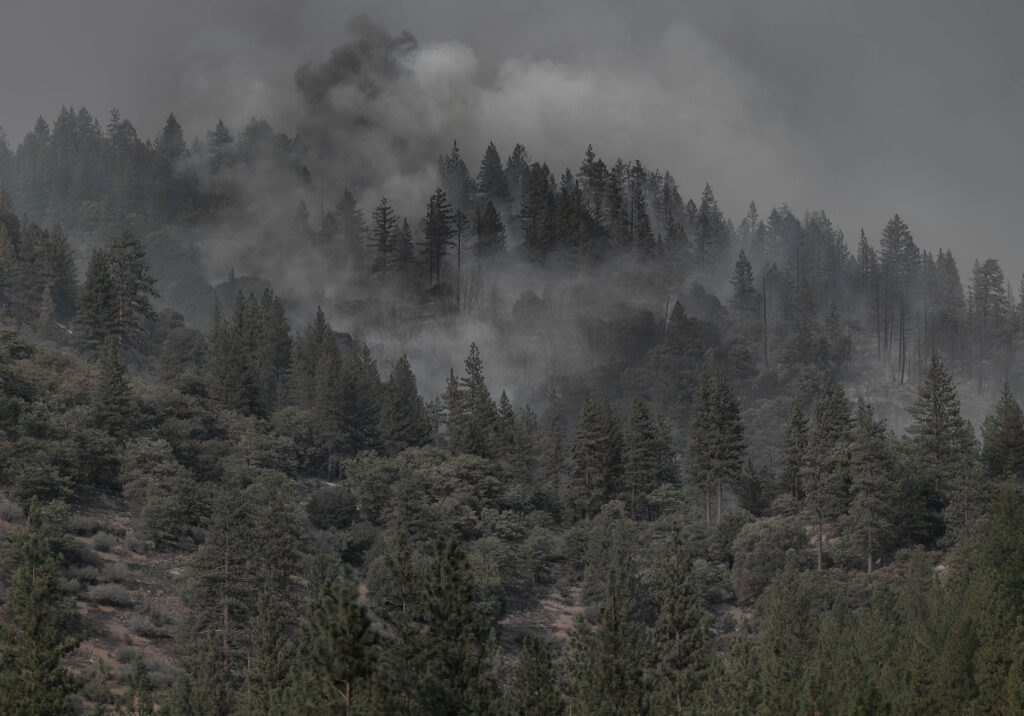
A recent study highlights that exposure to fine particles ?PM 2.5? produced by forest fires is associated with an increased risk of COVID-19 cases and deaths.
According to the study published in Science Advances last August 13, the researchers found strong evidence that wildfires amplified the effect of short-term exposure to PM 2.5, albeit with substantial variation among counties.
According to the National Interagency Fire Center, approximately 7 million acres of forest burn each year in the United States. However, as of December 2020, more than 10 million acres were consumed by fire in the western United States alone.
In the last four years, the U.S. has experienced unprecedented wildfires, resulting in an increase of more than 470,000 daily exposures per year, and 1.85 billion more person-days of high-risk exposure compared to 2001-2004.
Wildfire smoke contains high levels of fine particulate matter - PM 2.5 - the pollutant in smoke that poses the greatest health risk. Its short-term exposure is associated with adverse health outcomes, including all-cause mortality and respiratory morbidities such as asthma, chronic obstructive pulmonary disease and others.
The studies also revealed that short-term wildfire-specific PM 2.5 exposure is associated with increases in asthma symptoms, emergency department visits for respiratory symptoms and hospital admissions, as well as increases in the risk and severity of respiratory viral infections.
Certain populations are at increased risk of exposure to fine particulate matter from wildfires, including people with heart or lung disease, older adults, children and fetuses.
The document details that wildfires contribute up to 25 percent of the concentration of PM 2.5 in the atmosphere in the U.S. and up to half of such particles in some regions of the western part of the country.
He adds that estimates suggest that 17 percent of COVID-19 mortality in North America could be attributed to exposure to particulate air pollution.
The Centers for Disease Control and Prevention CDC states that "smoke from wildfires can irritate the lungs, cause inflammation, affect your immune system and make you more prone to lung infections, including COVID-19."
The study, conducted by Xiaodan Zhou, Kevin Josey, Leila Kamareddine, Miah C. Caine, Tianjia Liu, Loretta J. Mickley, Matthew Cooper and Francesca Dominici, included 133 counties in three states - California, Washington and Oregon - for the period March 15 to December 16, 2020, a total of 277 days.
In some counties, PM 2.5 levels were above 500 ?g/m3 ?micrograms per cubic meter? for several consecutive days. This represents a significant health risk.
"Wildfire smoke pollution has the potential to increase COVID-19 transmission due to acute exposure to PM from wildfires," the study stresses.
He adds that, in particular, "wildfires during a pandemic create a cascading disaster with disruptions in directly affected communities that challenge infection mitigation practices, such as social distancing in evacuation shelters, while local disaster responses-including medical care-are highly complicated."
The combination of these elements, the researchers said, probably increased COVID-19 cases and negative results in these states.
You may be interested in: PG&E Investigated for Dixie Fire


